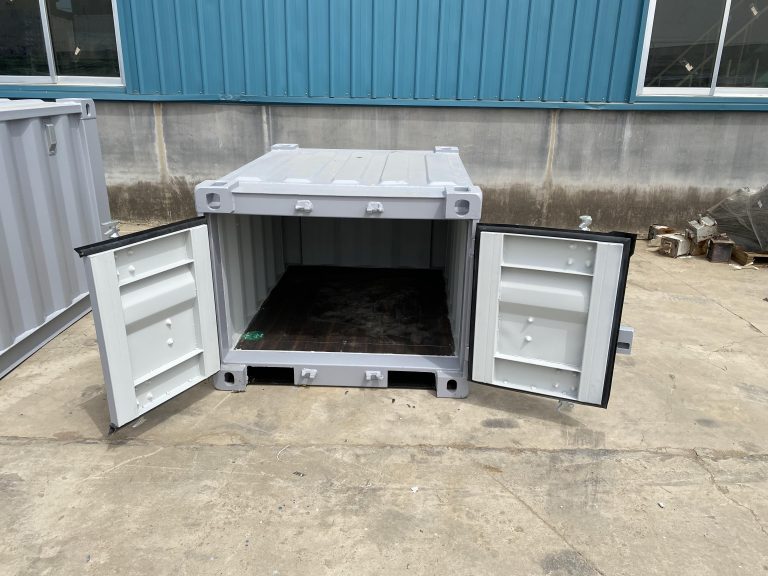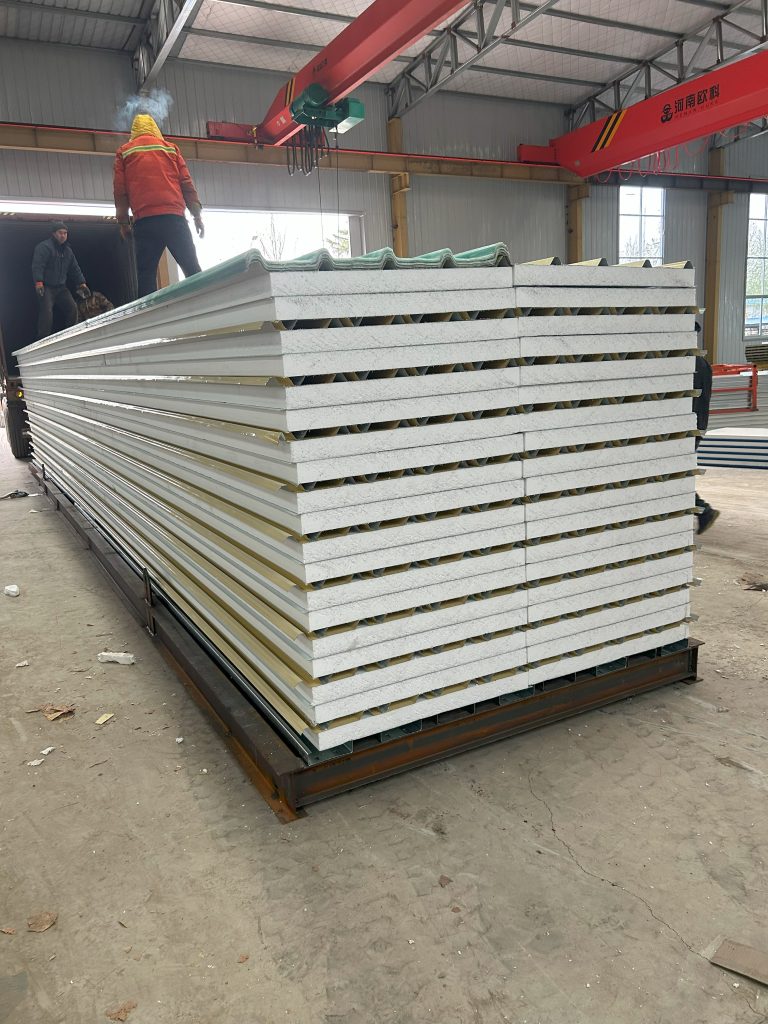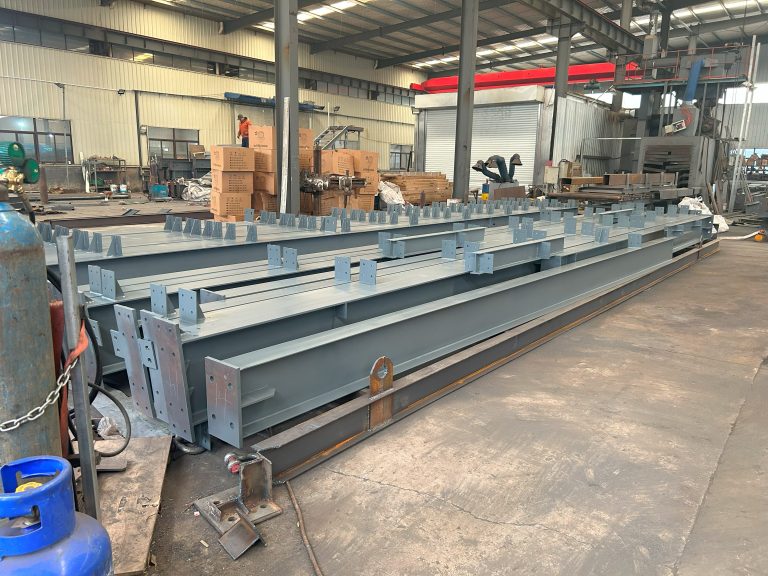Wind resistance design standards and practices of steel structures
Table of Contents
Benefits of Implementing Wind Resistance Design Standards in Steel Structures
Wind resistance design standards play a crucial role in ensuring the safety and stability of steel structures. These standards are established to mitigate the effects of wind loads on buildings and other structures, reducing the risk of structural failure and ensuring the longevity of the structure. By implementing wind resistance design standards, engineers and architects can create buildings that are better equipped to withstand the forces of nature and provide a safe environment for occupants.
One of the key benefits of implementing wind resistance design standards in steel structures is the increased structural integrity and durability of the building. Steel is a popular choice for construction due to its strength and flexibility, but it is also susceptible to wind loads that can cause deformation and damage if not properly accounted for. By following established design standards, engineers can ensure that steel structures are designed to withstand the expected wind loads in a given location, reducing the risk of structural failure and ensuring the safety of occupants.
In addition to improving structural integrity, implementing wind resistance design standards can also lead to cost savings in the long run. By designing steel structures to withstand wind loads, engineers can reduce the need for costly repairs and maintenance that may be required if the structure is not properly designed. This can result in lower maintenance costs over the lifespan of the building, as well as reduced insurance premiums due to the decreased risk of structural failure.

Furthermore, implementing wind resistance design standards can also lead to improved energy efficiency in steel structures. By designing buildings to be more aerodynamic and resistant to wind loads, engineers can reduce the amount of energy required to heat and cool the building. This can result in lower energy bills for building owners and a reduced carbon footprint for the structure, contributing to a more sustainable and environmentally friendly building design.
Another benefit of implementing wind resistance design standards in steel structures is the increased safety and comfort of occupants. By designing buildings to withstand wind loads, engineers can ensure that occupants are protected from the potential dangers of structural failure during extreme weather events. This can provide peace of mind for building occupants and reduce the risk of injury or damage in the event of a severe storm or high winds.
Overall, implementing wind resistance design standards in steel structures is essential for ensuring the safety, durability, and efficiency of buildings. By following established standards and practices, engineers can create structures that are better equipped to withstand the forces of nature and provide a safe and comfortable environment for occupants. From improved structural integrity and cost savings to increased energy efficiency and occupant safety, the benefits of implementing wind resistance design standards in steel structures are clear. By prioritizing wind resistance in the design process, engineers can create buildings that stand the test of time and provide a secure and sustainable environment for years to come.
Common Practices for Enhancing Wind Resistance in Steel Structure Design
Wind resistance is a critical consideration in the design of steel structures, as these buildings are often exposed to high winds that can exert significant forces on the structure. To ensure the safety and stability of steel structures, engineers and architects follow specific design standards and practices to enhance wind resistance.
One common practice for enhancing wind resistance in steel structure design is the use of bracing systems. Bracing systems are designed to provide lateral support to the structure, helping to distribute wind loads and prevent excessive deflection. Bracing systems can take various forms, including diagonal bracing, cross bracing, and moment-resisting frames. By incorporating bracing systems into the design, engineers can improve the overall stability and performance of the structure in windy conditions.
Another common practice for enhancing wind resistance in steel structure design is the use of aerodynamic shapes. Aerodynamic shapes are designed to reduce wind resistance and minimize the impact of wind loads on the structure. By incorporating features such as tapered edges, rounded corners, and streamlined profiles, engineers can improve the overall performance of the structure in windy conditions. Additionally, the use of aerodynamic shapes can help to reduce the overall cost of the structure by minimizing the amount of material required to withstand wind loads.
In addition to bracing systems and aerodynamic shapes, engineers also consider the location and orientation of steel structures to enhance wind resistance. By carefully selecting the site and orientation of the structure, engineers can minimize the impact of wind loads and improve the overall stability of the building. For example, positioning the structure perpendicular to prevailing winds can help to reduce wind loads and improve the overall performance of the structure. Additionally, engineers may also consider the surrounding terrain and vegetation when designing steel structures to further enhance wind resistance.
Furthermore, engineers may also incorporate wind tunnel testing into the design process to evaluate the performance of steel structures under different wind conditions. Wind tunnel testing involves subjecting scale models of the structure to simulated wind loads to assess their response and behavior. By conducting wind tunnel testing, engineers can identify potential weaknesses in the design and make necessary adjustments to improve the overall wind resistance of the structure.
Overall, the design of steel structures for wind resistance involves a combination of practices and standards to ensure the safety and stability of the building. By incorporating bracing systems, aerodynamic shapes, careful site selection, and wind tunnel testing into the design process, engineers can enhance the overall performance of steel structures in windy conditions. These practices help to minimize the impact of wind loads and improve the overall safety and durability of steel structures, ensuring their long-term performance and reliability.





